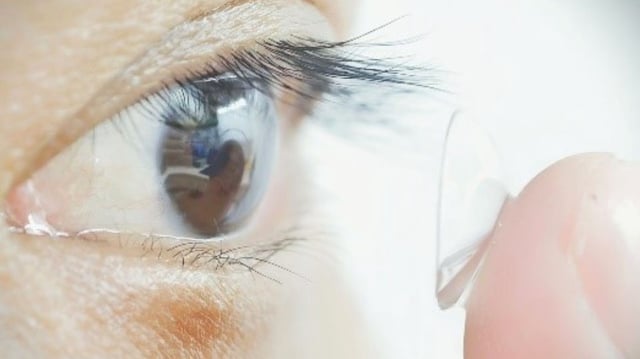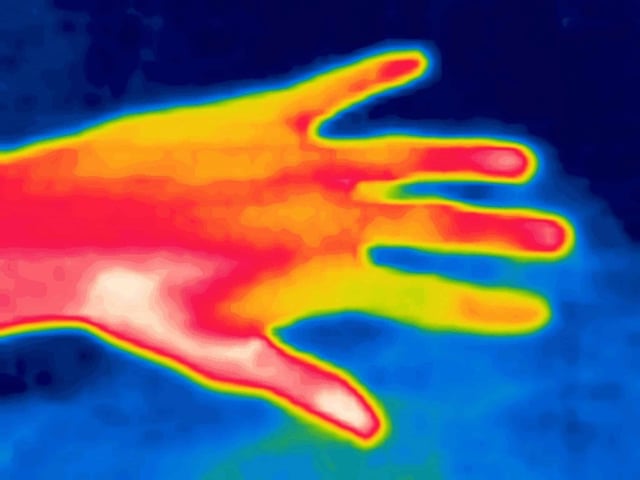Overview
- The lenses use upconversion nanoparticles to transform near-infrared light into visible wavelengths, enabling perception of infrared signals.
- Participants in human trials successfully detected infrared LED signals, including Morse code-like flashes, and identified light direction.
- The lenses work even with eyes closed, as infrared light penetrates eyelids more effectively than visible light, reducing interference.
- Researchers have engineered the nanoparticles to color-code different infrared wavelengths, enhancing detail perception and potential applications for color-blind individuals.
- Current limitations include low spatial resolution and sensitivity, with efforts underway to improve performance for real-world infrared detection.


